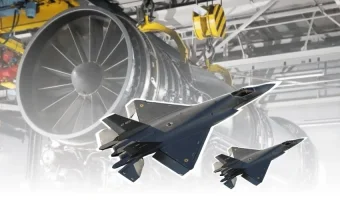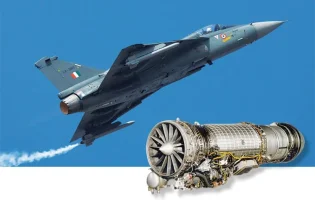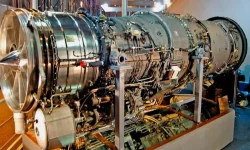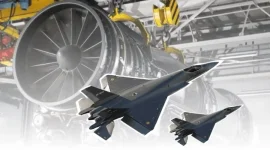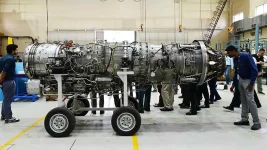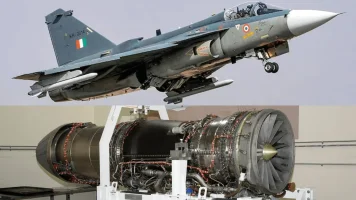- Views: 1K
- Replies: 14
The Gas Turbine Research Establishment (GTRE), a crucial arm of the Defence Research and Development Organisation (DRDO), has acquired advanced Computer Numerical Control (CNC) machines to bolster its jet engine manufacturing capabilities.
This acquisition will significantly enhance GTRE's ability to produce intricate components for high-thrust jet engines, vital for projects like the indigenous Kaveri engine and other future developments.
CNC machines are essential for manufacturing high-precision jet engine components, including turbine blades, compressor rotors, and complex housings, from materials like titanium and nickel alloys.
GTRE's new CNC systems promise to improve both the capacity and quality of domestic production, bringing several key advantages:
- Enhanced Customization: CNC technology allows for greater design flexibility, enabling GTRE to tailor engines to specific requirements of the Indian Air Force (IAF) and Navy.
- Precision and Consistency: The advanced machines ensure high accuracy and consistency in component production, crucial for engine performance and reliability.
- Increased Production Rate: Automation and faster machining cycles will expedite the production of complex parts, streamlining the development process.
Recognizing this challenge, India has launched initiatives under the "Atmanirbhar Bharat" (Self-Reliant India) mission to promote domestic development of advanced machine tools. However, building the necessary research, engineering, and manufacturing infrastructure for high-end CNC technology, particularly for aerospace applications, remains a significant hurdle.
GTRE's acquisition of new CNC machines represents a notable advancement in India's pursuit of self-reliance in defence manufacturing. However, it also serves as a reminder of the need to accelerate domestic development of critical technologies. By continuing to invest in indigenous CNC technology, India can reduce its reliance on imports and secure its defence manufacturing capabilities for the future.

